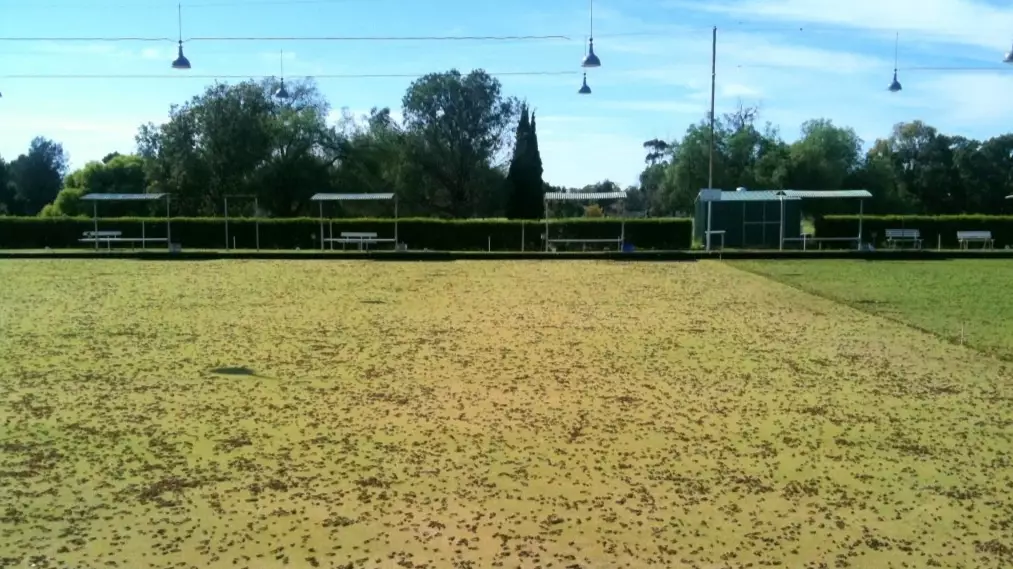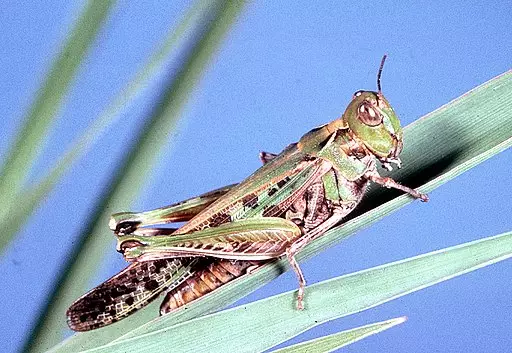
In what seems like an on-brand wrap up to the dumpster fire that is 2020, parts of Victoria are now being infested by clusters of plague locusts.
Yep, that's right - just when you thought bushfires and a pandemic weren't enough to sufficiently dampen the Australian spirit, the weirdly biblical infestation has now struck several country Victorian towns.
According to Agriculture Victoria, the locusts are 'a native Australian insect that, if left uncontrolled, poses a serious threat to pastures, crops and horticulture.'
Apparently, because of the higher than average rainfall in eastern Australia due to the La Niña weather phenomenon, 'an abundance of green feed' has been produced, which has 'contributed to the high survival rates of hatchlings from the overwintering eggs laid in the autumn.'
Advert
The locusts have been spotted in the western and north western parts of the state from Mildura down to Ararat and Echuca, with the government body warning: "Do not underestimate the damage from either hoppers or adult locusts on crops or pastures."

While a singular locust isn't too much to worry about, it's when they gather in swarms that a huge amount of damage can be done to crops.
Agriculture Victoria has said that, for now, the insects have caused 'small local clusters,' rather than swarms, but if the warm and wet weather continues, it could get much worse.
Advert
"Control of the current spring generation and forthcoming summer generation is important to managing the risk of heavy egg laying in autumn and the potential for a large population build up leading into the 2021 - 2022 season."
They added that anyone who sees locusts should contact the organisation so it can monitor the populations.
And while the insects are literally called 'plague locusts', the department made sure to emphasise 'there is no locust plague'...yet.
Good to know.
Featured Image Credit: Creative Commons